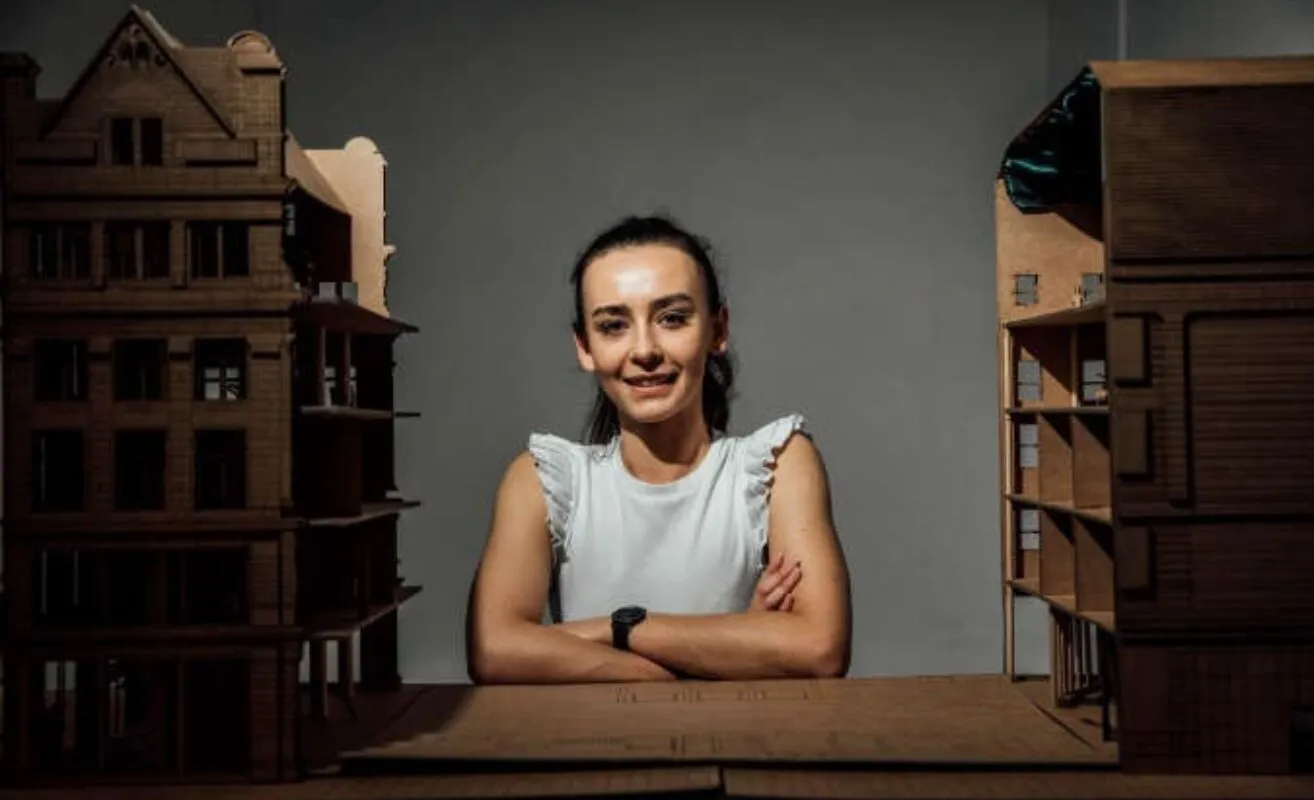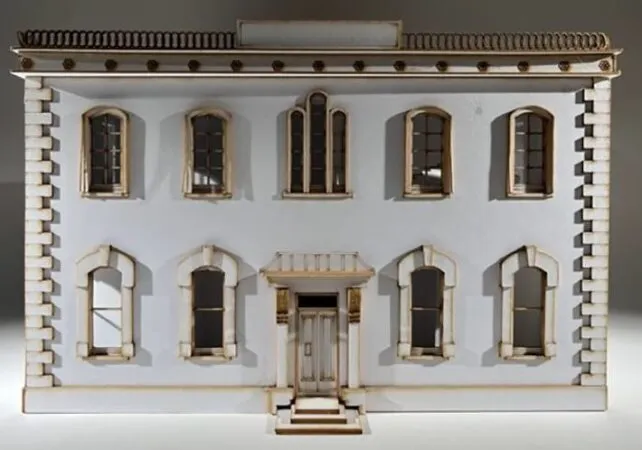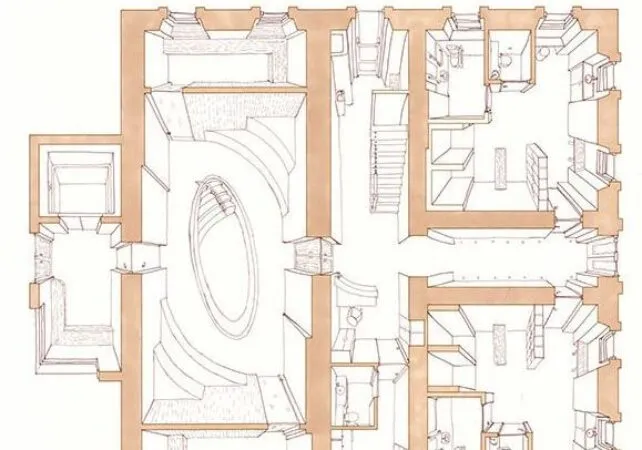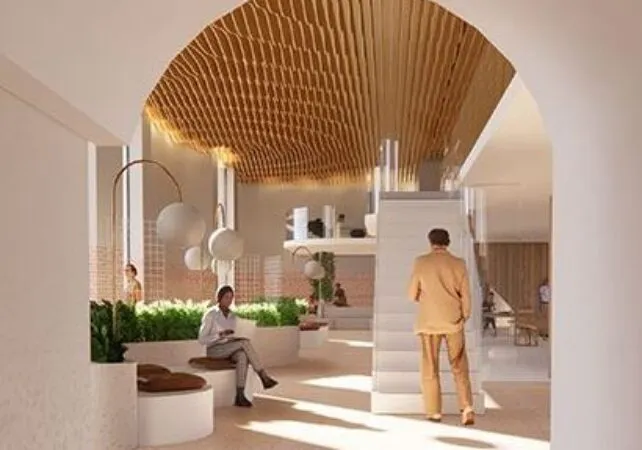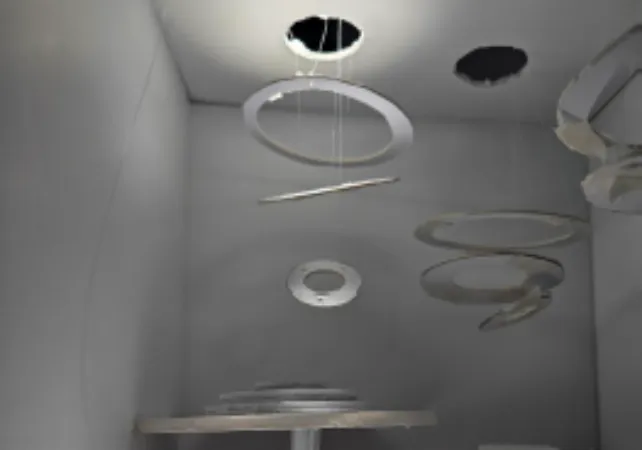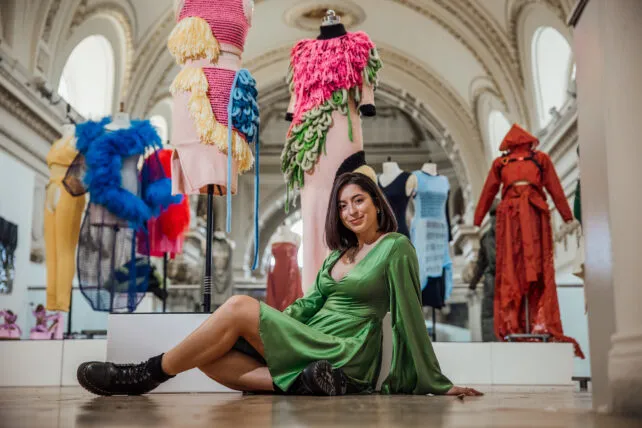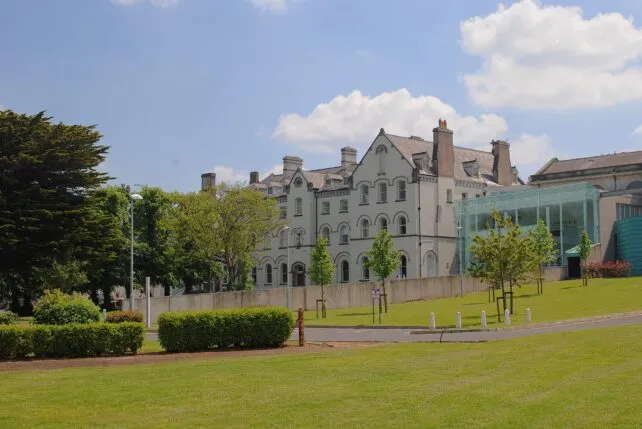The BA (Hons) Interior Design programme offers a comprehensive and engaging learning experience:
- Studio-Based Learning: prioritises studio-based learning, providing hands-on experiences to foster creativity and practical skills. This approach ensures that students actively engage with the material and develop a strong foundation in design principles.
- Diverse Activities: Students participate in a variety of activities, from traditional sketching to utilising advanced computer software, allowing them to create dynamic 2D and 3D content. This diversity enables students to explore different mediums and develop versatile skills.
- Assessment Through Design Projects: Assessment focuses on design projects, where students apply theoretical knowledge to real-world situations. This practical approach ensures that students are prepared to tackle challenges they may encounter in their future careers.
- Emphasis on Design Process: The curriculum emphasises the design process, analysis, research, and intervention, equipping students with the tools to understand user needs and develop innovative solutions. This holistic approach prepares students to address a wide range of interior design projects, including residential, commercial, hospitality, and community spaces, among others.
- Structured Skill Development: Structured for gradual skill development, students start with foundational concepts in their first year and progress to more complex projects over time. The programme’s progression ensures that students build upon their knowledge and abilities.
- Professional Placement Practice: In the third year, a dedicated module offers professional placement practice, or the option to engage in Erasmus+ allowing students to study or practice in mainland Europe. This hands-on experience prepares students for the realities of working in the field and helps them establish connections within the industry.
- Self-Directed Project: The fourth year culminates in a self-directed project, allowing students to showcase their expertise and creativity in an area of their interest. This project serves as a capstone to their education, demonstrating their readiness to enter the workforce.
- Promotion of Collaboration: The programme promotes collaboration through group work and individual studio practice, fostering teamwork and exposing students to diverse perspectives. This collaborative environment enhances the learning experience and prepares students for collaborative work in their careers.
- Enrichment Opportunities: Additional enrichment opportunities, such as local and international field trips and visiting lectures from industry professionals, further enrich the learning experience. These opportunities expose students to current trends and best practices in interior design, both locally and internationally.


